Discovering the art of making traditional mole from scratch is a culinary journey that captivates food enthusiasts worldwide. Renowned for its rich, complex flavors, mole is a dish that often seems daunting to recreate at home. Yet, with the right ingredients and a step-by-step approach, anyone can craft an authentic mole that rivals the finest Mexican kitchens. Whether you’re a seasoned home cook or new to the kitchen, this guide will walk you through the process of creating a flavorful mole sauce, exploring the secrets behind its creation, and providing tips to ensure your dish stands out. From understanding the essential ingredients to mastering the cooking technique, we’ll delve into the intricacies of making mole from scratch, offering insights that will transform your culinary skills. With its rich history and versatility, mole offers a delightful experience that goes beyond mere sustenance, becoming a cherished family tradition. Let’s embark on this flavorful adventure together!
Key Takeaways
– Discover the rich, complex flavor of authentic mole with a unique blend of traditional ingredients.
– Explore the nutritious benefits of mole, packed with essential vitamins, minerals, and antioxidants.
– Unleash the culinary versatility of mole, transforming your dishes into authentic Mexican masterpieces.
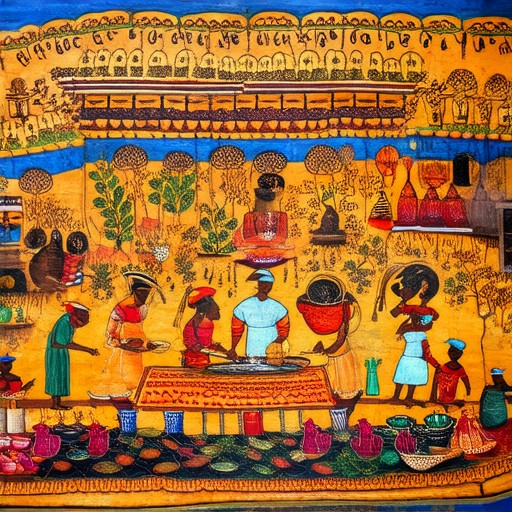
How Was Mole Traditionally Made?
Mole, a rich, complex sauce with deep roots in Mexican cuisine, has been a staple in Mexican kitchens for centuries. Its creation is steeped in tradition, blending indigenous ingredients with Spanish influences. Here’s a breakdown of the traditional method:
Ingredients
Mole typically consists of a blend of ingredients such as tomatoes, onions, garlic, nuts, seeds, and various spices. The base often includes chocolate or cocoa powder, a legacy from the Aztec civilization, which adds depth and richness to the sauce.
Preparation Process
- Roasting : Begin by roasting the necessary ingredients. This step brings out the natural flavors and ensures a robust base for the sauce.
- Grinding : The roasted ingredients are then ground using a molcajete (a type of mortar) and a metate (a type of grinding stone), preserving the texture and aroma.
- Mixing : Combine the ground ingredients with water or broth to form a thick mixture. Seasonings like chili peppers, cinnamon, and cloves are added to enhance the flavor profile.
- Cooking : Simmer the mixture for several hours until it reaches the desired consistency. This slow cooking process allows the flavors to meld together.
- Thickening : A small piece of bread or tortilla is often used to thicken the sauce, giving it a smoother texture.
Variations
Mole can vary widely depending on region and personal preference. One popular variation is mole negro, which includes chocolate and is often served with dishes like carnitas or enchiladas. Another variation is mole blanco, which omits the chocolate and features a lighter flavor.
Panito Mole
At Panito Mole, we take pride in preserving the authenticity of this traditional dish. Our recipes have been carefully crafted to reflect the rich history and diverse flavors of mole. Whether you’re a seasoned cook or new to the kitchen, our resources and guides will help you master the art of making mole.
Visit our website to explore our collection of mole recipes and learn more about the cultural significance of this beloved dish.
What Do I Need to Make a Mole?
To craft a delicious mole sauce, you’ll need a combination of ingredients that balance heat, acidity, sweetness, and depth. Here’s a breakdown of the essentials:
1. Chilies
- Ancho Chilies : Dried and commonly used for their smoky flavor.
- Jalapeño or Serrano Chilies : Fresh chilies for heat.
- Pasilla or Guajillo Chilies : Other varieties for varying levels of spice.
2. Tangy Component
- Tomatillos : Green tomatoes popular in authentic mole recipes.
- Tomatoes : Can be substituted if tomatillos aren’t available.
3. Sweetness
- Dark Chocolate : Cocoa powder is a traditional ingredient.
- Sugar or Agave Syrup : For balancing sweetness.
- Fruits : Like mango or pineapple for added sweetness and moisture.
4. Thickeners
- Peanut Butter : Commonly used for creaminess.
- Sesame Seeds or Almonds : Alternative options for thickness.
5. Spices
- Cinnamon : Adds warmth and depth.
- Cumin : Aromatic and earthy flavor.
- Cloves : Provides a subtle sweetness and aroma.
- Oregano : Enhances the herby notes.
- Espinache en Hoj : Epazote leaves for a smoky touch.
6. Optional Additions
- Raisins : For added texture and sweetness.
- Alcohol : Rum or tequila for complexity.
Now that you have all the ingredients, mix them together in a pot and simmer until the flavors meld, adjusting seasoning as needed. Enjoy your homemade mole sauce!
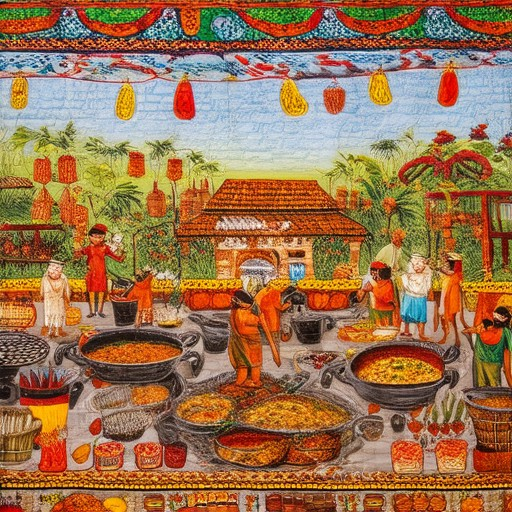
How Long Does Homemade Mole Last?
Homemade mole can last up to 6 months when frozen and approximately 1 week when refrigerated. Proper storage is crucial to maximize its shelf life.
- Frozen: Up to 6 months when stored in an airtight container in the freezer.
- Refrigerated: Approximately 1 week when kept in the fridge, stored in an airtight container.
For optimal freshness, always check for signs of spoilage before serving, such as mold, unpleasant odors, or a sour taste. Enjoy your homemade mole at its best!
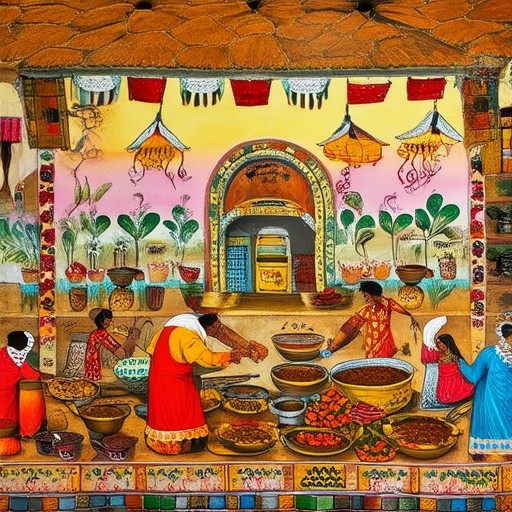
Ingredients in El Mexicano Mole Paste
El Mexicano’s mole paste is a carefully crafted blend of traditional ingredients that come together to create a rich, complex flavor. Below is a detailed list of the primary components:
- Oils: Vegetable oil (cottonseed, sunflower, or soybean oil)
- Seeds: Sesame seeds
- Bread: Toasted bread (made from wheat flour)
- Sweeteners: Sugar cane syrup
- Spices:
- Dried red peppers
- Iodized salt
- Sesame seeds
- Toasted bread
- Sugar
- Vegetable oil
- Herbs and Additives:
- Leavening agents (sodium bicarbonate, ammonium bicarbonate)
- Soy lecithin
- Chocolate: While not always explicitly listed, many mole pastes include cocoa powder or chocolate for depth and richness.
- Other Ingredients:
- Onions
- Garlic
- Tomatoes
- Cumin
- Oregano
- Thyme
- Epazote
The exact proportions and specific ingredients may vary slightly depending on the batch, but this list captures the essence of what makes El Mexicano’s mole paste a beloved addition to authentic Mexican cuisine.
What Are the Key Ingredients of Mole?
Mole, a iconic dish in Mexican cuisine, is made using a complex blend of ingredients that create a rich, flavorful sauce. Here are the key components typically found in mole:
- Chiles: At least two varieties are usually used, such as ancho, pasilla, guajillo, or chipotle peppers. These provide the spicy foundation of the sauce.
- Sour Component: Tomatoes or tomatillos are commonly used to add acidity and balance the sweetness of the dish.
- Sweetness: Dried fruits like raisins, figs, or prunes are often added to round out the flavor profile.
- Spices: Cumin, coriander, cinnamon, and cloves are frequently incorporated to enhance the aromatic complexity.
- Thickener: Bread, nuts, or seeds are sometimes used to give the mole a smoother texture.
These ingredients are combined to create a paste that simulates the flavor of slow-cooked meat, achieving the rich, deep taste that mole is known for.
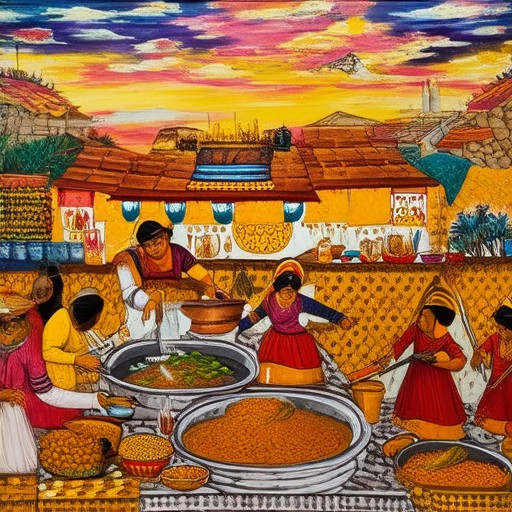
How Healthy Is Mexican Mole?
Mexican mole, a beloved condiment known for its rich flavor and complexity, often gets questioned regarding its health benefits. While it may seem indulgent due to its calorie-dense nature, mole sauce actually offers several nutritional advantages.
- Nutritional Highlights:
- Vitamin B Complex: Rich in thiamine (riboflavin), niacin, and pyridoxine, which support energy metabolism and nerve function.
- Minerals: Contains significant amounts of iron, magnesium, phosphorus, and zinc, all essential for various bodily functions.
- Antioxidants: Mole sauce incorporates antioxidants that help combat oxidative stress and contribute to overall well-being.
These nutrients contribute to improved heart health, stronger immune systems, and better cognitive function. The iron content is particularly noteworthy for individuals who may have dietary restrictions or need additional iron intake.
While mole sauce is calorie-dense, its health benefits far outweigh its caloric content when consumed in moderation. To maintain a balanced diet, pair mole with lean proteins, whole grains, and fresh vegetables. A little mole goes a long way, making it perfect for enhancing dishes without excessive caloric intake.
For those looking to explore mole sauce, Panito Mole offers authentic recipes and insights to help you enjoy this traditional dish in a variety of ways. Visit our recipe section for inspiration and learn how to create delicious meals featuring mole sauce.
Conclusion: Mexican mole is not just about indulgence—it’s a nutritious addition to your culinary arsenal. Its nutrient-rich profile makes it a wise choice for those seeking to enhance their meals with wholesome ingredients.

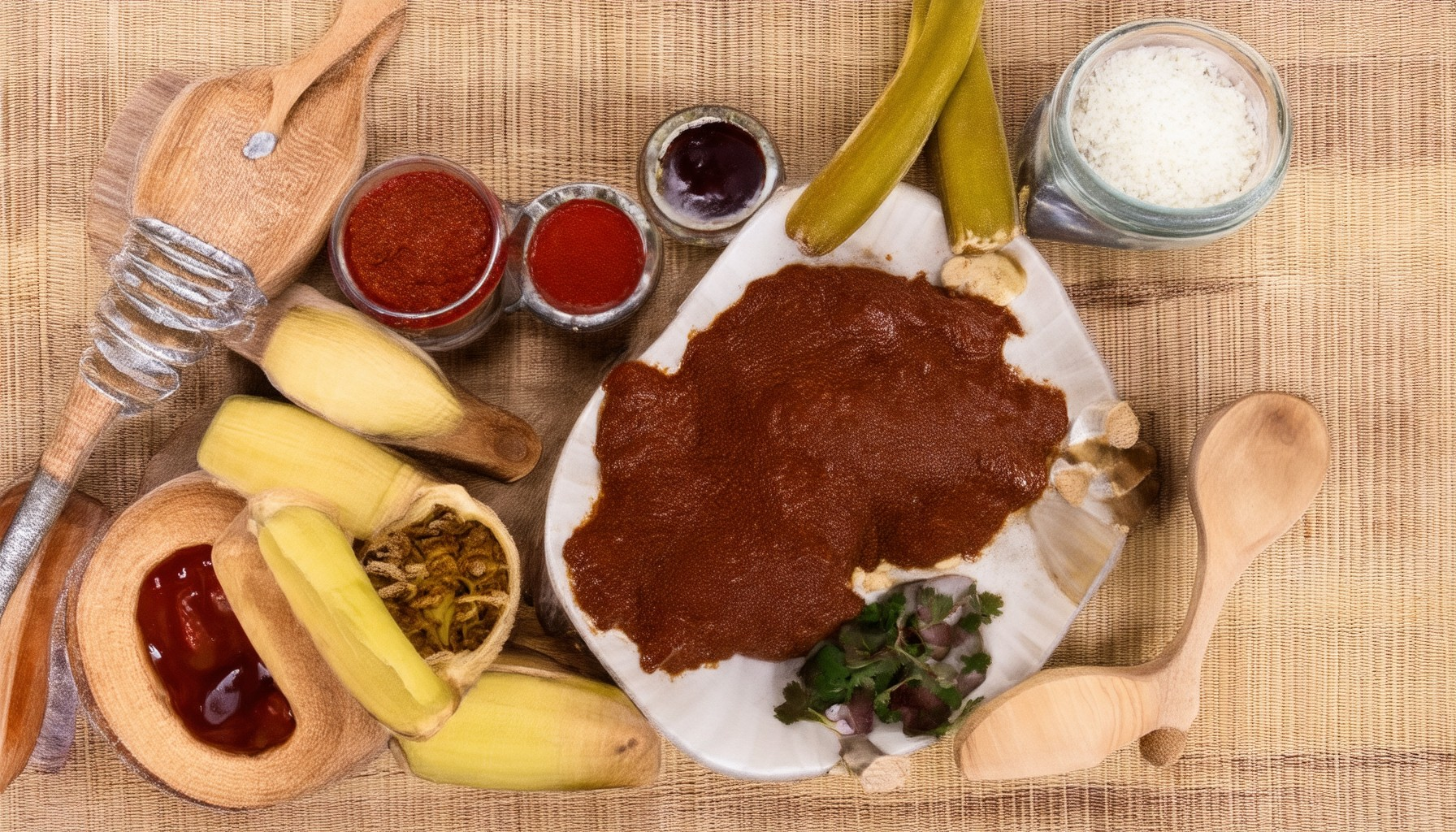
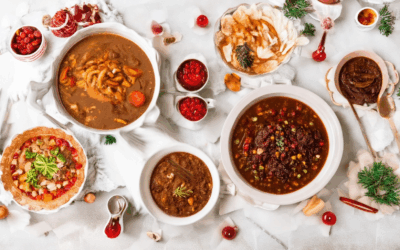
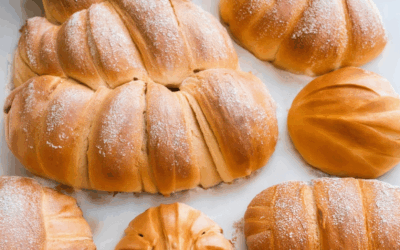

0 Comments